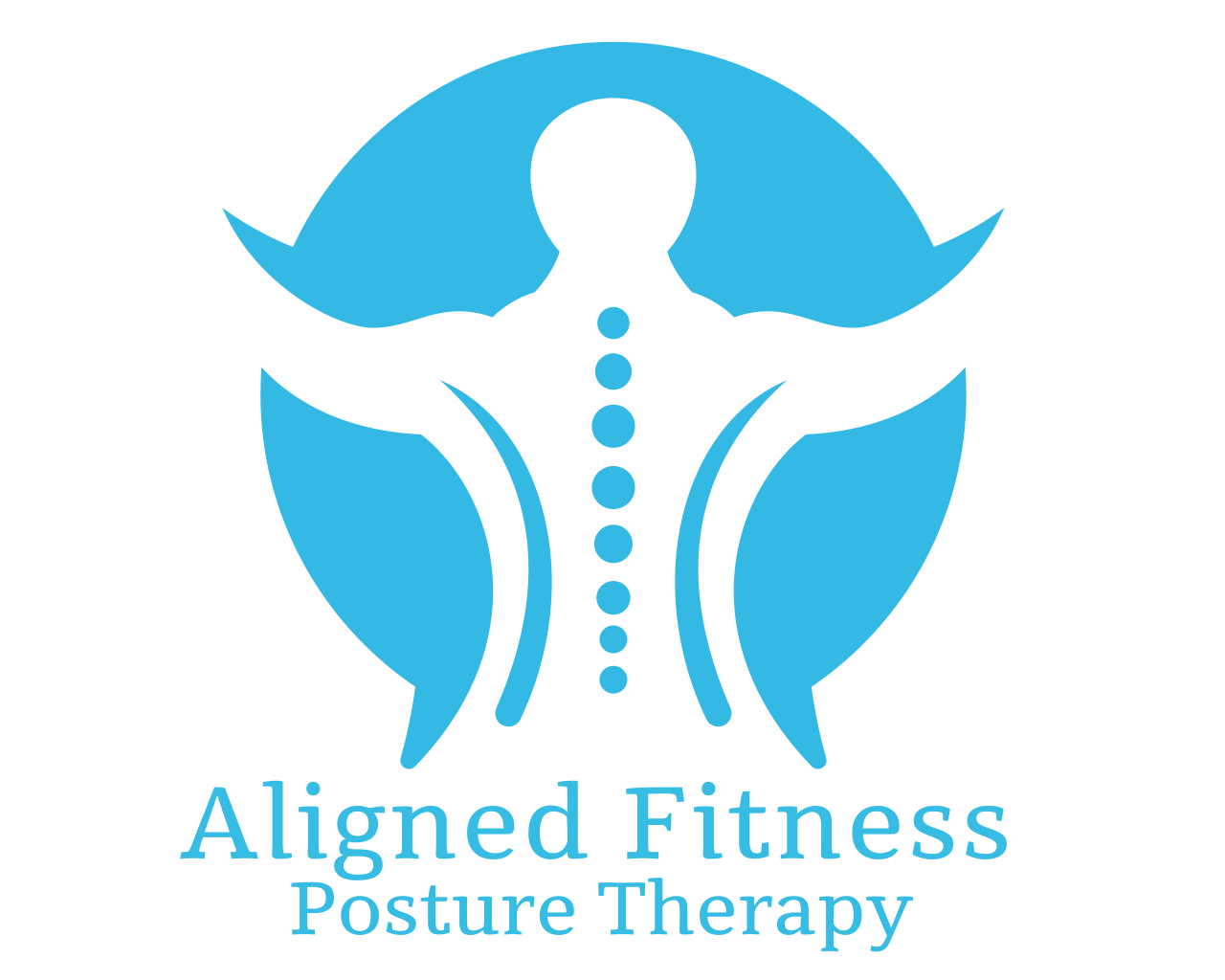I often will have a patient enter my office complaining of severe pain. When I ask for details, arthritis is given as an explanation a surprising amount of the time. But what exactly is arthritis? How do you get it, and more importantly, how do you address it?
Arthritis is defined as inflammation and stiffness of a joint. Inflammation occurs when the cartilage and the synovial fluid that lubricate a joint get inflamed. This inflammatory response is designed to prevent injury at the joint. Consequently, the joint becomes immobile to protect it from dysfunctional movement patterns, which can cause wear and tear.
An important question to ask is, “What might be causing the inflammation?†It’s convenient to blame arthritis for one’s pain and to treat it with injections or anti- inflammatories; however, the body rarely inflames for no reason. Inflammation is a protective mechanism. Synovium is designed to protect the joint, and when there is excessive friction or other irritation, an unusual amount of fluid is generated. There isn’t much room in the joint and the extra lubricant can turn viscous and restrict the ball and socket function. Swelling is one way to stop the joint from damaging itself. When musculoskeletal dysfunction is present, irritation of the synovium isn’t a disease, rather the inflammation is more often caused by misalignment of one or more of the joints in the body. (Pain Free, Pete Egoscue)
When my clients are diagnosed with arthritis, they often maintain it’s due to genetics or age. But when a patient has arthritis in one shoulder, we may wonder why the other shoulder has no symptoms? Why do only specific family members appear to have it? Why is it possible for arthritis to resolve only to return? And why is it in varying places throughout the body instead of the whole body? There are no blanket claims when it comes to this diagnosis.
One saying in postural therapy is, “It’s not the condition – it’s the position.†What is the position of the joint where you are experiencing arthritis? When a joint is out of alignment, compensatory patterns occur. As a result, the joint often loses its designed range of motion. When range of motion is limited, oxygen is limited as well. Our bodies create arthritis to protect us from increased wear and tear. In some overuse cases, significant degeneration “can†occur at a joint which may warrant surgery; however, in many cases when alignment and full range of motion is returned, the joint can receive the oxygen it needs, and the body can once again function as a unit.
It’s very important to look beyond the joint in question. Our medical profession often treats the area where the arthritis is present, but we must remember that our body works as an integrated unit. The position of each joint affects those above and below. For example, if you have arthritis in a knee, you may want to check the mobility and function of the hip above or ankle below. If you have arthritis in a shoulder, you may want to assess the opposite hip. And in all cases, any rotation of the pelvis or thoracic spine can cause issues throughout the kinetic chain.
Below is a picture of the body’s fascial lines. You can see how the entire body is connected. The fascial lines are a great illustration of how one can experience a symptom in one area, which is often caused by the misalignment and compensatory patterns of another.

Now that we have defined arthritis and have a better understanding of what is causing this painful symptom, we want to ask, “What can we do about it?â€
Below are some tips to consider if you are experiencing arthritis:
- Assess your posture and alignment of all your load bearing joints.
- Increase mobility and address imbalances and asymmetries not only in the joint where you are experiencing symptoms, but any other joints that may be affecting it.
- Stay active! “Functional†movement strengthens the muscles around the joints and keeps the energy blood and oxygen flowing through the body.
- Listen to your body and don’t push beyond your limits. Putting too much stress on a joint can accelerate wear and tear. If you are playing a specific sport, or compulsively engaging in a specific type of movement, switch it up. We want to continue to move effectively in all planes of motion.
- If you are overweight, taking some weight off the joint can be helpful in preventing excessive wear and tear.
- Body sense and be intuitive! What movements feel good to you? What movements cause pain?
- And finally, educate yourself regarding your alignment and movement patterns.
For a free 1â„2 hour postural analysis to educate yourself as to what could be causing your pain symptoms, contact Lisa Decker at www.alignedfit.com
Lisa Decker M.S.
PAS, CPT, CES, PES, CAMQ
